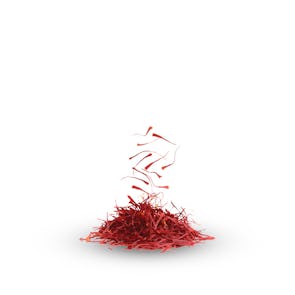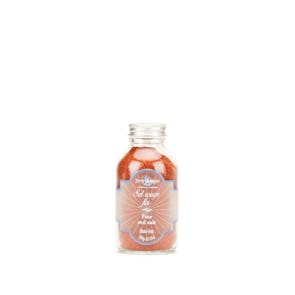


Fuwatto Koji Miso
Umami white miso
TASTING NOTES FROM THE CURATOR
Koji miso is a miso that contains large quantities of “koji.” Koji is made by attaching koji mold to steamed barley, rice, or soybeans. The Fuwatto Koji Miso is a white miso made with fermented soybeans with koji, and the addition of amazake, a low-alcohol, fermented Japanese rice beverage. This gives the Fuwatto Koji Miso a rich and rounded flavor, with a sweet and mild taste. It also has a deep aroma, and a slightly chunky texture.
PREPARATION AND PAIRINGS
Use the Fuwatto Koji Miso in your classic miso soup, or in ramen, sauces, stir fries, and sauces. It’s also great for salad dressing, marinades (especially for fish), and baked goods, like miso butter cookies.
MISO’S JOURNEY
Miso was introduced to Japan by Buddhist priests from China more than a thousand years ago. As with many ancient foods, the fermented mixture of grains, salt, and soybeans was a way to preserve food. The original soybean paste from the Chinese transformed to become miso and shoyu in Japanese cuisine, two ingredients that mark Japanese food.
Because it often contained rice—a luxury in ancient times, miso was considered a delicacy, and thus only enjoyed by the nobility. Eventually the Samurai made it a staple in their diet as well, for its energy-giving properties. Miso had classist origins, too, as the rice miso that the nobility and the samurai consumed were made with the most expensive polished white rice. The peasants and farmers were not allowed to use their harvest to make their miso, and so had to make do with broken rice, barley, and other grains. The darker miso, therefore, gained a reputation as the “poor man’s miso.” But by the mid-14th century, miso had gained much popularity and ingredients were easier to come by, and it was enjoyed by everyone, regardless of class.
Storage Instructions
Keep in a cool, dry, dark place, like a cupboard or the pantry. Refrigerate after opening, and consume within 1 year.









